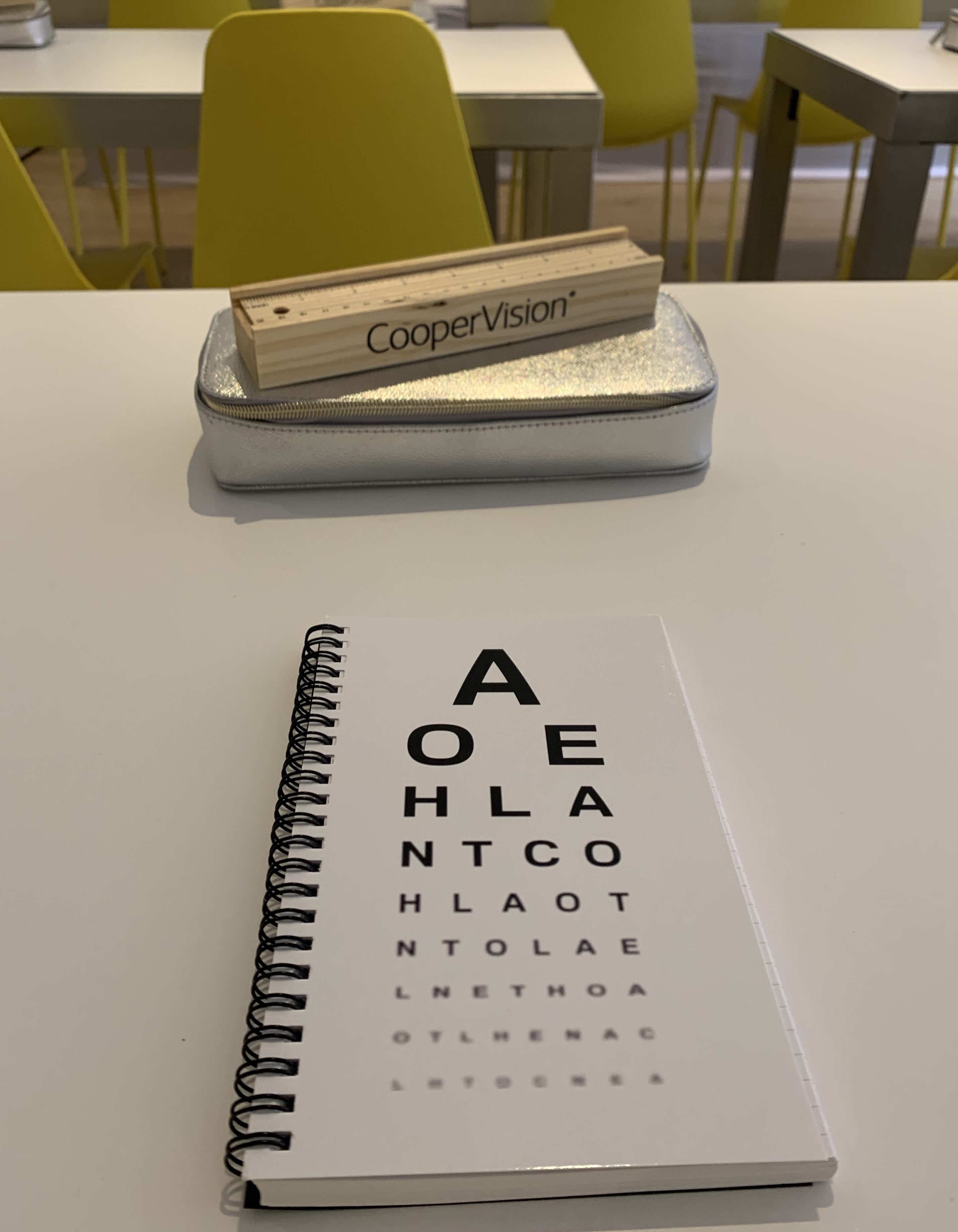Pediatric Myopia- How To Protect Your Kid’s Vision

Pediatric Myopia cases are on the rise in the United States. Do you know if your child is at risk and how to protect their vision?
I recently joined CooperVision as they unveiled new data from a Harris Poll Survey which was literally eye opening. Read on to learn more about pediatric eye care and what you can do to protect your kids’ vision.

Melissa Musen Gerstien- Moderator
The expert panel was moderated by Melissa Musen Gerstein from The Moms Network. Dr. Jen Trachtenberg (NYC Pediatrician), Dr. Michele Andrews (Coopervision) and Donna Mazyck RN (National Association of School Nurses) were on hand to answer questions regarding myopia and how you can protect your children’s vision.
Have you heard of pediatric myopia? One in four children in the United States are myopic but Interestingly only two-thirds of parents know what that means. Eye care professionals have noted an increase in the prevalence of pediatric myopia over the past 5-10 years.

What is Pediatric Myopia?
Myopia is more commonly known as nearsightedness (difficulty seeing objects in the distance). Myopia occurs when the eyeball grows too long relative to the focusing power of the cornea and eye lens. Pediatric Myopia typically surfaces in school-age children and progresses until the age of 20. The rate of myopia has increased 25% over the last 40 years according to the American Optometric Association. About 26% of parents have a myopic child and the age of diagnosis is normally between the ages of 3 and 12.

Expert Panelists: Dr. Jen Trachtenberg, Dr. Michele Andrews & Donna Mazyck RN
While being nearsighted may not sound serious, it can lead to major issues into adulthood if not managed properly.
What Causes Pediatric Myopia?
Pediatric eye care has evolved dramatically in the past ten years. Do you remember when your grandma told you not to sit too close to the television or you would go blind? It’s a myth right up there with waiting twenty minutes after lunch before swimming. Or is it? No one knows for sure why Pediatric Myopia is on the rise but 80% of parents suspect that digital screen time may be the cause.
The daily use of digital devices by children has increased exponentially but much more research needs to be done to prove it is a cause in the rise of nearsightedness.
So what do we know for sure? Much more research needs to be done to figure out why nearsightedness is on the rise but a few of the major risk factors are noted below.
- Genetics play a role. 42% of kids with myopic parents inherit the condition.
- Lifestyle- digital eye strain has an impact on eye health.
- Lack of vitamin D may play a role- Time spent outdoors in natural light is important.

Simon Seshadri- VP of Marketing CooperVision with the Panel
The good news is there are some steps we can take as parents to slow the progression of myopia.
10 Tips To Help Protect Your Kid’s Vision:
- Treat vision care like regular health care- Vision care is critical at a young age Make sure to schedule an annual exam from a young age.
- No Screen time before age 18 months- The American Academy of Pediatrics recommends that children under 18 months avoid scene time. A child’s job is to play. Hands-on, physical and creative play is crucial to overall development.
- Follow the 20–20–20 rule- Make sure your child takes screen time breaks at least every 20 minutes. Stop, look up and out at an object 20 feet away for at least 20 seconds. This will rest your eyes.
- Blink- Increase blinking if you have been on a device for a while. This will help to decrease eye strain.
- Read actual books- Get away from digital screens. Reading a book encourages personal interaction.
- Avoid using digital devices outside or in bright light- Glare contributes to squinting and eye strain.
- Put away devices during meal time- Meals are the time for togetherness and to cultivate conversations.
- Prioritize outdoor play- Walk the dog, play catch, get active because spending more time in nature playing outdoors can actually slow the progression of nearsightedness.
- Limit total daily screen time.
- Power off devices an hour before bed time.
To learn more about the comprehensive study from CooperVision and Harris you can visit Protect Kids Vision and follow #protectkidsvision on social media.
**Disclosure: I was invited to learn about CooperVision’s study at a Q&A panel in New York City. This is an honest review of the facts I learned about Pediatric Myopia.
